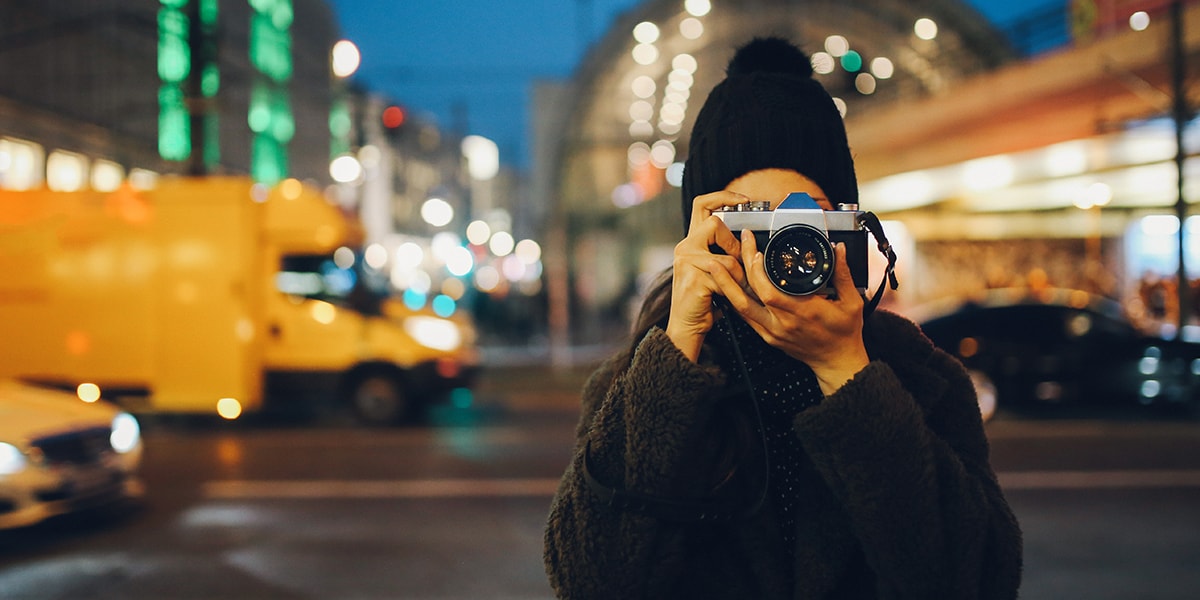Framing Streets Fundamentals Explained
Table of ContentsThe smart Trick of Framing Streets That Nobody is DiscussingThe Greatest Guide To Framing StreetsThe smart Trick of Framing Streets That Nobody is Talking AboutSome Known Questions About Framing Streets.Framing Streets - QuestionsFraming Streets for Dummies
Photography category "Crufts Canine Program 1968" by Tony Ray-Jones Street photography (likewise in some cases called honest photography) is digital photography performed for art or questions that features unmediated possibility experiences and arbitrary cases within public places, generally with the objective of catching photos at a decisive or poignant moment by careful framing and timing. 
The 5-Second Trick For Framing Streets
Susan Sontag, 1977 Street digital photography can concentrate on people and their habits in public. In this respect, the street photographer resembles social docudrama photographers or photographers that additionally operate in public locations, yet with the objective of catching relevant occasions. Any one of these professional photographers' photos might capture people and home visible within or from public areas, which frequently requires navigating ethical problems and regulations of personal privacy, safety and security, and residential property.
Depictions of daily public life develop a category in practically every period of world art, starting in the pre-historic, Sumerian, Egyptian and very early Buddhist art periods. Art taking care of the life of the street, whether within views of cityscapes, or as the dominant concept, shows up in the West in the canon of the Northern Renaissance, Baroque, Rococo, of Romanticism, Realistic look, Impressionism and Post-Impressionism.
Framing Streets Fundamentals Explained
Louis Daguerre: "Boulevard du Holy place" (1838 or 1839) In 1838 or 1839 the check this site out very first photograph of numbers in the street was videotaped by Louis-Jacques-Mand Daguerre in among a pair of daguerreotype sights taken from his workshop window of the Blvd du Temple in Paris. The 2nd, made at the height of the day, reveals an unpopulated stretch of road, while the other was taken at concerning 8:00 am, and as Beaumont Newhall reports, "The Blvd, so continuously full of a moving bunch of pedestrians and carriages was completely singular, except a person who was having his boots combed.
, that was inspired to embark on a similar documentation of New York City. As the city developed, Atget helped to promote Parisian roads as a worthwhile topic for digital photography.

Framing Streets Fundamentals Explained
In between 1946 and 1957 Le Groupe des XV each year exhibited work of this kind. Andre Kertesz. Circus, Budapest, 19 May 1920 Road digital photography formed the significant web content of two exhibitions at the Museum of Modern Art (Mo, MA) in New york city curated by Edward Steichen, 5 French Digital Photographers: Brassai; Cartier-Bresson, Doisneau, Ronis, Izis in 1951 to 1952, and Post-war European Photography in 1953, which exported the concept of street photography worldwide.

Excitement About Framing Streets
, after that a teacher of young youngsters, associated with Evans in 193839.'s 1958 book,, was significant; raw and usually out of focus, Frank's images questioned conventional digital photography of the time, "tested all the official rules laid down by Henri Cartier-Bresson and Pedestrian Evans" and "flew in the face of the wholesome pictorialism and heartfelt photojournalism of American publications like LIFE and Time".